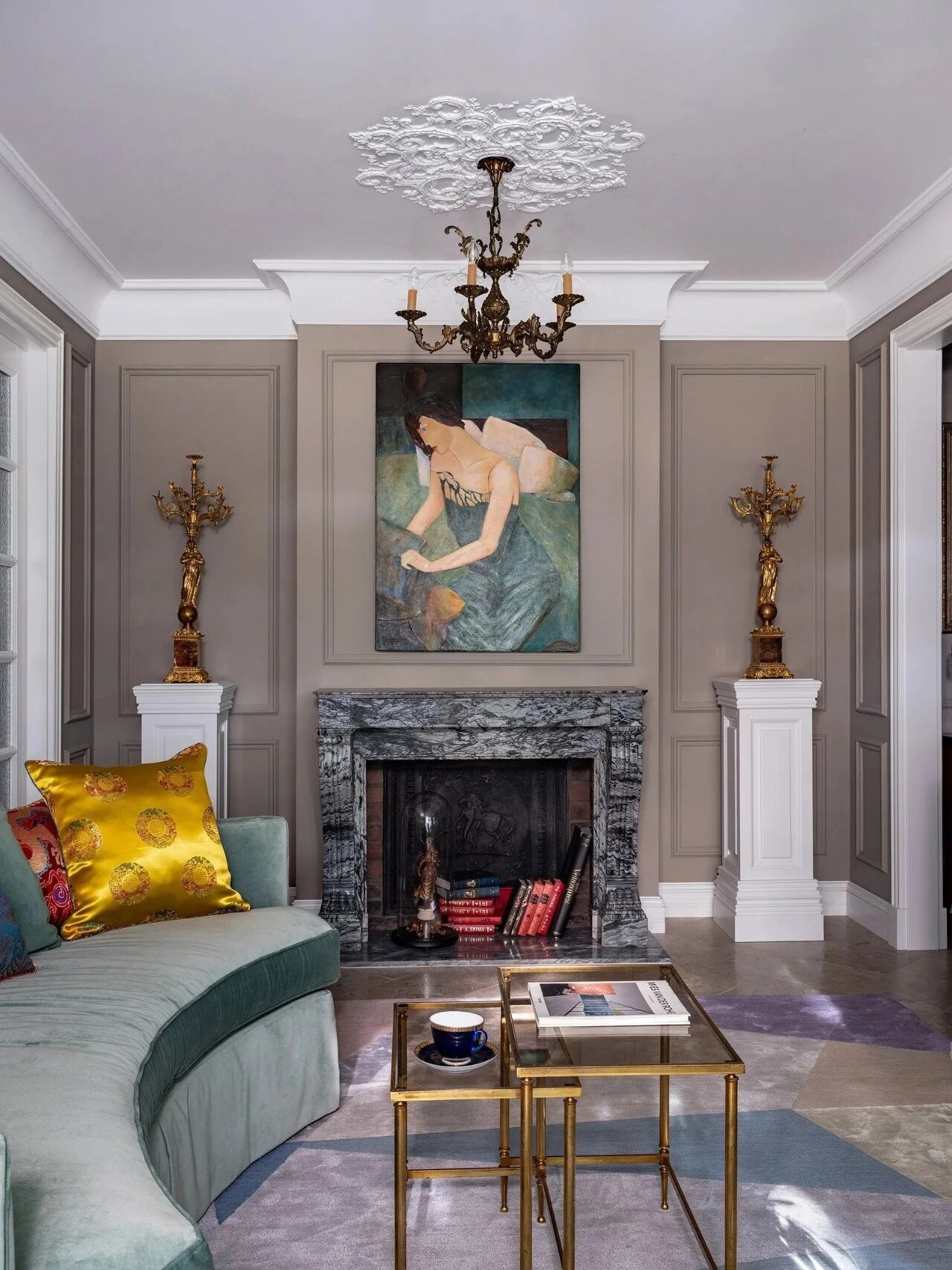House Noir by Lorcan O’Herlihy Architects
2017-11-27 19:37
Architects: Lorcan O’Herlihy Architects Project: House Noir Location: Malibu, United States Year 2017 Photography: Paul Vu
建筑师:Lorcan O‘Herlihy Architect项目:黑屋地点:马里布,美国2017年摄影:Paul Vu
Situated on one of the last undeveloped oceanfront lots along the iconic Pacific Coast Highway in Malibu, House Noir not only breaks the conventional beach house mold, but it creatively addresses the complexity of building next to the water, especially in the face of climate change—the fundamental design challenge of our time.
位于马利布太平洋海岸公路上最后一批未开发的海滨地段之一的黑屋不仅打破了传统的海滩房屋模式,而且创造性地解决了水旁建筑的复杂性,尤其是在气候变化的情况下-这是我们这个时代的基本设计挑战。
The goal of the project is to design for longevity, and to address how, through an adept approach to materiality and form, the house Noir can be sustainable throughout multiple decades. One of the challenges of building next to the ocean is the issue of coastal erosion and rising sea levels which demands complex design solutions. By raising the house 20 feet above the shoreline, building a seawall, and a deep caisson foundation, the site was secured and is capable of absorbing the energy of the sea in the event of a natural disaster. The corrosive sea air, which can deteriorate metals and slowly peel away paint, was addressed by wrapping the building in aluminum, a non-corrosive metal, which is coated in a resilient rustproof paint.
该项目的目标是设计长寿,并解决如何通过一个熟练的方法的重要性和形式,房子黑色可以持续几十年。建造在海洋旁边的挑战之一是海岸侵蚀和海平面上升的问题,这需要复杂的设计解决方案。通过在海岸线上方20英尺的高度,建造一个海堤和一个深的沉箱地基,该地点得到了加固,并能够在发生自然灾害时吸收海洋的能量。腐蚀的海洋空气,可以使金属变质和缓慢剥离油漆,是通过包裹铝,这是一种非腐蚀性金属,涂层弹性防锈涂料。
Other than addressing issues of climate and ecology, new parameters for building next to the ocean informed the design approach. LOHA’s design is therefore a byproduct of new code requirements, and embraces the challenging edges by creatively working within these limitations. The project maximizes the site potential, building to the exact building envelope allowable, while creatively conforming to local building envelope restrictions.
除了解决气候和生态问题外,海洋旁建筑的新参数也为设计方法提供了依据。因此,Loha的设计是新代码需求的副产品,通过在这些限制范围内创造性地工作,它包含了具有挑战性的优势。该项目最大限度地发挥了场地潜力,建筑达到了允许的建筑围护结构,同时创造性地遵守了当地建筑围护结构的限制。
Strategically placed openings on all sides of the façade, harness the prominent ocean and hillside views, and provide maximal natural light to all interior spaces. Standing seam painted aluminum siding folds up from the street façade, over the roof line to the roof deck, creating a seamless transition between wall and roof. The slightly trapezoidal shape of the site provides a rare opportunity for views down the coast from the interior of the house. Angled balconies at the first and second levels are accessed by floor to ceiling sliding doors, amplifying the indoor-outdoor living experience. The master bedroom suite opens to the wide ocean views, while the double height guest bedroom suite frames hillside views above the street, maintaining privacy.
立面的所有侧面都有战略性的开口,利用突出的海洋和山坡景观,并为所有室内空间提供最大的自然光。立式接缝漆铝制墙板褶皱从街道的正面,越过屋顶线到屋顶甲板,创造了墙和屋顶之间的无缝过渡。该网站的轻微梯形形状提供了一个难得的机会,从房子的内部沿海岸的看法。第一层和第二层的角度阳台通过地板到天花板的滑动门进入,放大了室内-室外生活体验。主卧室套房向广阔的海景开放,而双高客房套房则将山坡上的景致置于街道之上,保持隐私。
The same approach carries over into the interior of the project, where a central open staircase with perforated metal treads and risers allow natural light to filter down from roof deck level through the core of the house, unifying each level with glass or stainless steel cable mesh railings to maintain openness. An open floor plan at the first level is accented by the floating stair.
同样的方法也会进入项目内部,在那里,带有穿孔金属踏板和竖板的中央开放楼梯允许自然光从屋顶板标高向下过滤穿过房屋的中心,并使用玻璃或不锈钢电缆网格栏杆统一每个标高,以保持开放性。第一层的开放式楼层平面由浮动楼梯强调。
Indoor-outdoor living areas are the focal point of the project, and helped to define the sustainability strategies during design. Floor to ceiling sliding doors along the ocean at both residential levels allow natural ventilation, while overhangs above protect direct sunlight from entering the indoor living spaces. Additional operable windows at all facades, in combination with a large open stairwell connecting all levels, permits cross ventilation throughout the house. These passive ventilation strategies take full advantage of the location’s ideal climate.
室内-室外生活区是该项目的重点,有助于在设计过程中确定可持续性策略。在两个住宅层沿海洋从地板到天花板的滑动门都允许自然通风,而悬挂在上面的可以保护直接阳光不进入室内居住空间。所有立面的额外可操作窗户,再加上连接所有水平的大型开放楼梯井,使整个房子都能通风。这些被动通风策略充分利用了该地区的理想气候。
 举报
举报
别默默的看了,快登录帮我评论一下吧!:)
注册
登录
更多评论
相关文章
-

描边风设计中,最容易犯的8种问题分析
2018年走过了四分之一,LOGO设计趋势也清晰了LOGO设计
-

描边风设计中,最容易犯的8种问题分析
2018年走过了四分之一,LOGO设计趋势也清晰了LOGO设计
-

描边风设计中,最容易犯的8种问题分析
2018年走过了四分之一,LOGO设计趋势也清晰了LOGO设计


























































